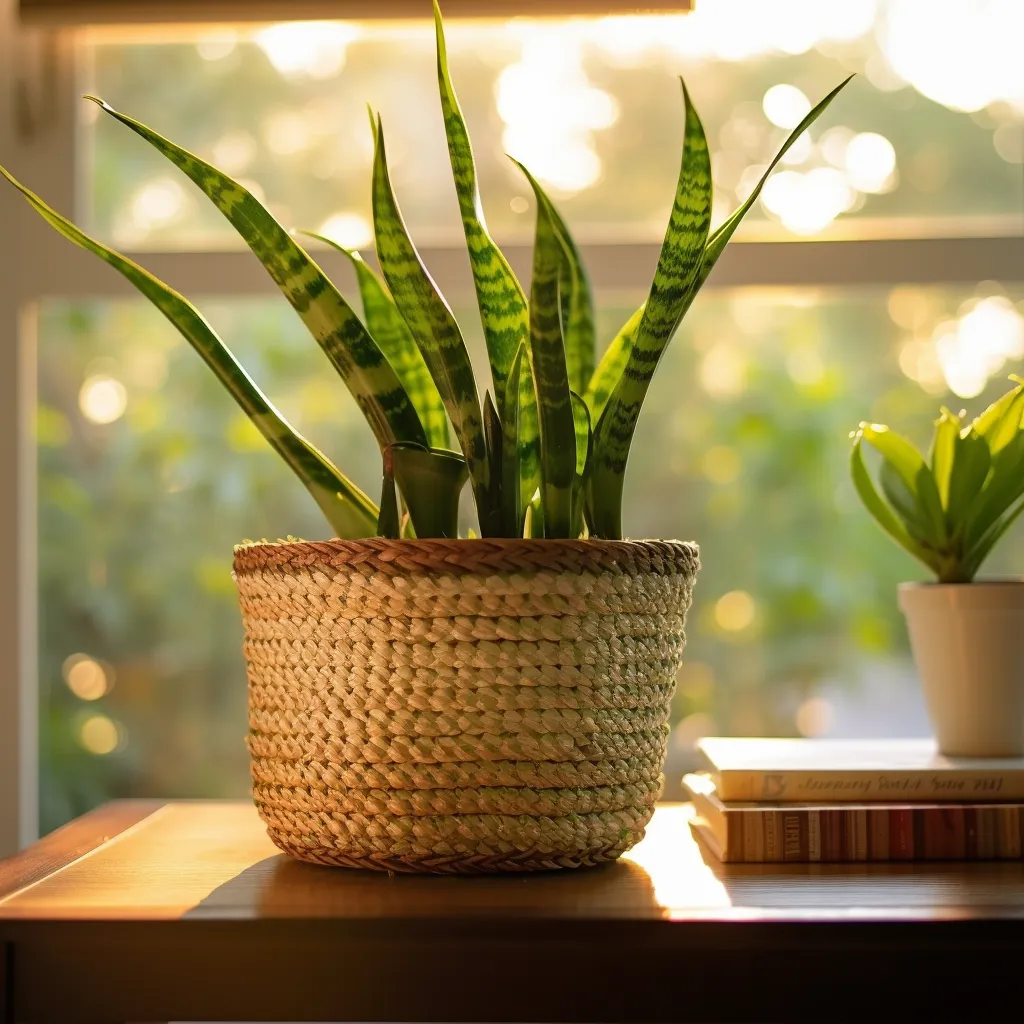Story of Day :
Contents
The Complete Guide to Caring for Sansevieria Laurentii Snake Plant
Introduction
If you’re looking for a low-maintenance houseplant that can add a touch of greenery to your space, look no further than the sansevieria laurentii snake plant.
Not only is it easy to care for, but it’s also a natural air purifier.
In this guide, we’ll take you through everything you need to know about caring for this popular succulent.
History and Description
Sansevieria laurentii, commonly known as snake plant or mother-in-law’s tongue, is native to West Africa.
It was first brought to Europe in the 19th century and has since become popular worldwide due to its hardiness and attractive appearance. The plant gets its name from its long leaves that resemble the shape of a snake.
The plant gets its name from its long leaves that resemble the shape of a snake.
These leaves are usually green with yellow stripes along their edges, giving them an elegant appearance.
The plant can grow up to 3 feet tall and wide if given enough space.
Lighting Requirements
One of the reasons why sansevieria laurentii is so popular is because it can thrive in almost any lighting condition.
However, it does best in bright indirect light or partial shade.
Avoid direct sunlight as it can scorch the leaves.
- If your room has north-facing windows: place your snake plants six feet or less away from these windows.
- If there’s an east-facing window: place them three feet away.
- If there’s west-facing window: ensure they sit at least five feet away.
- A south-facing window should be kept at least seven feet away from these plants.

If necessary supplement lower lighting conditions with artificial light.
Watering Requirements
One of the biggest mistakes people make when caring for snake plants is overwatering them.
These plants are naturally drought-tolerant and can go for weeks without water.
Watering too frequently can cause root rot and kill the plant.To avoid this, allow the soil to dry out completely between watering sessions.
Feel the top layer of soil with your finger, if it’s dry to touch you should water your snake plant but if damp wait a few more days until it dries out fully.
Soil Requirements
Sansevieria laurentii grows best in well-draining soils that are rich in organic matter.
The best type of soil is cactus/succulent mix because they drain better than regular potting soils.When repotting, ensure that you use a pot with drainage holes at the bottom to prevent waterlogging which could lead to root rot disease.
Fertilizer Requirements
 Sansevieria laurentii does not require frequent fertilization since it is not a heavy feeder; however, you can give them some nutrients every six months or so during its growing season from April through September using general-purpose houseplant fertilizer diluted by half strength rate.
Sansevieria laurentii does not require frequent fertilization since it is not a heavy feeder; however, you can give them some nutrients every six months or so during its growing season from April through September using general-purpose houseplant fertilizer diluted by half strength rate.
Pests and Diseases
Fortunately, sansevieria laurentii snake plants do not have many pest or disease problems; however, they are susceptible to mealybugs and spider mites.
Mealybugs are tiny insects that appear as white cottony masses on leaves while spider mites prefer warm weather conditions sucking sap from leaves causing discolorationThe treatment solution for Mealybug infestations involves wiping off every insect with alcohol-dipped cotton wool buds at least three times within two-week intervals Spider mite infestations may be dealt with by increasing humidity levels around your plant hiring mist sprays or seeking the aid of horticultural oil sprays.
Conclusion
Sansevieria laurentii snake plant is an excellent houseplant that will thrive with minimal care.
It’s perfect for beginners, those who are busy and forget to water their plants, or anyone looking for a low-maintenance plant.
By following these easy tips on lighting, watering, soil requirements, fertilization methods and pest control measures; you can keep your sansevieria laurentii healthy and happy for years to come!